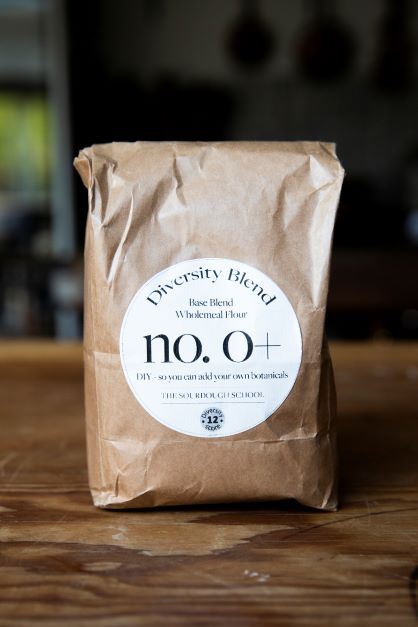 Here at the Sourdough School we use a wide range of wholegrain and ingredients in our flour. Whole grains, including whole wheat, oats, barley, bread, pasta, oatmeal, quinoa, and rice, are good sources of zinc. The specific zinc content of whole grains can vary depending on the specific grain and the method of processing.
Here at the Sourdough School we use a wide range of wholegrain and ingredients in our flour. Whole grains, including whole wheat, oats, barley, bread, pasta, oatmeal, quinoa, and rice, are good sources of zinc. The specific zinc content of whole grains can vary depending on the specific grain and the method of processing.
So why is Zinc important?
Zinc is a mineral needed by the body to make proteins and DNA. It has an important role in supporting the immune system and is essential for growth and development during pregnancy and childhood. It is found in every cell of the body and is used by many enzymes responsible for metabolism, digestion and other function. It is involved in a number of important processes, including immune system function, wound healing, taste and smell, and protein synthesis. Zinc is also necessary for the proper growth and development of the body, and is particularly important for children, adolescents, and pregnant women. In older people, zinc has been shown to improve mental performance, enhance the body’s response to the flu vaccine and reduce the risk of contracting pneumonia.
- Some of the key functions of zinc in the body include:
- Immune system function: Zinc is important for the proper functioning of the immune system and is necessary for the production of certain immune cells. It has been shown to play a role in the body’s response to infection and may help to reduce the severity and duration of certain infections.
- Wound healing: Zinc is important for the proper healing of wounds and is necessary for the production of collagen, a protein that is important for the formation of new tissue.
- Taste and smell: Zinc is necessary for the proper function of taste and smell receptors, and a deficiency in zinc can lead to changes in these senses.
- Protein synthesis: Zinc is necessary for the proper synthesis of proteins in the body, and is involved in the metabolism of carbohydrates, fats, and nucleic acids.
Overall, zinc is an essential mineral that plays a number of important roles in the body. It is important to include sources of zinc in your diet to ensure that you are getting enough of this essential nutrient. Good dietary sources of zinc include whole grains, nuts, legumes, and meats. It is important to remember that zinc can’t be produced by or stored in the body, so we need to ensure we get an adequate supply from our diets.
Zinc is also found in a wide range of foods, with especially high levels found in shellfish, dairy products, some meats, nuts and seeds, eggs and wholegrains. Good sources are also whole wheat, oats, and barley were good sources of zinc, with zinc concentrations ranging from 2.6 to 3.2 milligrams per 100 grams Below is a summary of RDA from grains. We love to use all these grains our our recipes.
How grains can support reaching the recommended daily intake (RDI) of zinc
RDA or adults is 8 milligrams for men and 7 milligrams for women. The RDI for zinc may be higher for certain groups, including pregnant women, breastfeeding women, and adolescents. The zinc content of whole grain flour can vary depending on the specific type of grain and the method of processing. Here is a list of some whole grain flours and their approximate zinc content per 100 grams:
- Whole wheat flour: 2.6 milligrams
- Oat flour: 2.8 milligrams
- Barley flour: 3.2 milligrams
- Quinoa flour: 3.5 milligrams
- Amaranth flour: 3.7 milligrams
- Buckwheat flour: 3.9 milligrams



